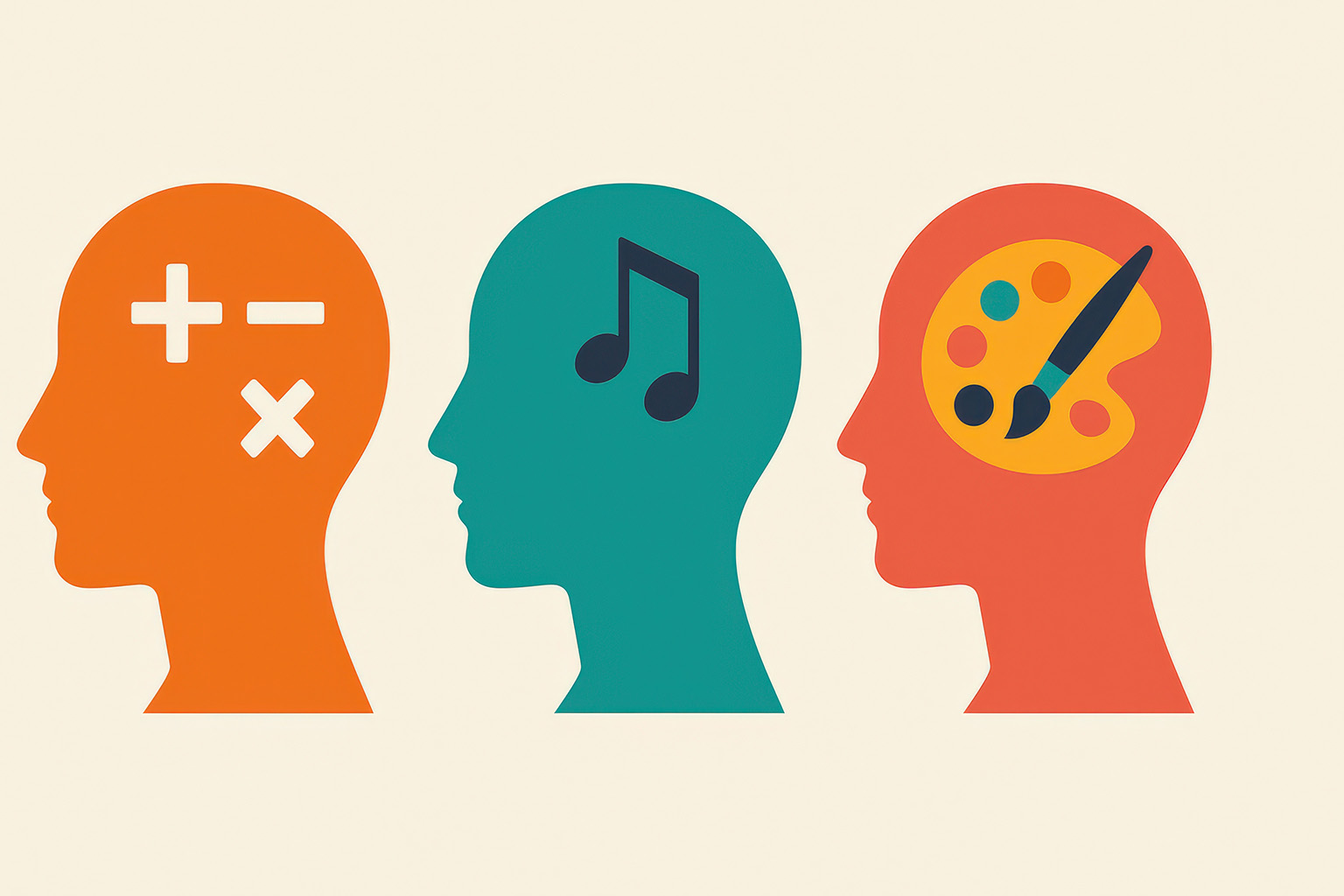Cognitive Behavioural Therapy (CBT)
Cognitive Behavioural Therapy (CBT) is often hailed as the treatment of choice for Autism Spectrum Conditions ( Gaus,2007; Jacobsen, 2003; Paxton and Estay (2007).
CBT is a form of talking therapy that focuses on how you think about the things going on in your life – your thoughts, images, beliefs and attitudes – and how this impacts on the way you behave and deal with emotional problems. It then looks at how you can change any negative patterns of thinking or behaviour that may be causing you difficulties. In turn, this can change the way you feel. CBT cannot remove your problems, but can help you manage them in a more positive way.
CBT for neurodiversity involves adapting traditional (CBT) to accommodate neurodivergent thinking styles, sensory needs, and communication preferences. Key adaptations include using concrete, visual language, incorporating special interests, providing structure and predictability, optimising the environment for sensory needs, focusing on self-acceptance, and modifying social skills training to be more practical and less about masking.
What is EMDR?
EMDR (Eye Movement Desensitisation and Reprocessing) is a
comprehensive psychotherapy that helps you process and recover from past experiences and traumas that are affecting your mental health and wellbeing. It involves using side to side eye movements (bilateral stimulation) combined with talk therapy in a specific and structured format. EMDR helps you process the negative images, emotions, beliefs and body sensations associated with traumatic memories that seem to be stuck. These can contribute to a range of mental health problems. Using the detailed protocols and procedures learned in EMDR therapy training sessions, therapists help clients activate their natural healing processes and recover from trauma.
What is Psychodynamic therapy?
Psychodynamic counselling psychotherapy encompasses a talking therapy of an more analytical nature. It seeks to increase a client’s self-awareness and understanding of how the past has influenced present thoughts and behaviours, by exploring their unconscious patterns.
Clients are encouraged to explore unresolved issues and conflicts, and to talk about important people and relationships in their life. Transference (when clients transfer feelings they have toward important people in their life onto the therapist) is encouraged during sessions.
Psychodynamic Counselling seeks to provide a quicker solution for more immediate problems, is more practically based and shorter term than psychoanalytic therapy.

What is Person-Centered (PCT) counselling?
Person-centered therapy, also known as Client-centered therapy, is a non-directive talking therapy. The basic premise of PCT is that people tend to move toward growth and healing, and have the capacity to find their own answers. This tendency is helped along by a therapist who seeks to provide deep understanding (empathy), acceptance (having unconditional positive regard) and genuine (congruence).
What is Existential therapy?
The existential-phenomenological therapeutic approach is grounded in a descriptive exploration of what it means to exist as a human being capable of language and reflection which provides the capacity for freedom, responsibility and choice as to how one is to live one’s life.
What is Dialectical Behavioural Therapy( DBT)?
DBT is an evidence-based “talk therapy” that teaches skills to manage intense emotions and change unhealthy behaviours.
“Dialectical” means combining opposite ideas. It uses a combination of change-focused behavioural techniques and acceptance strategies, emphasising core skill modules: mindfulness, distress tolerance, emotion
regulation, and interpersonal effectiveness.